
Something wicked this way comes, but then a lab comes along to challenge it…
Known to many as the ‘Godfather of sustainability’, John Elkington has been interested in conservation and challenge prizes for decades.
That’s why the serial entrepreneur is on the board of Conservation X Labs, a nonprofit tech company that spurs bold, unconventional solutions to ‘wicked problems’ by designing global competitions.
Extinction is one of the wickedest problems we face. In this guest post, John – the meme-spreader responsible for the concept of the ‘triple bottom line’ (people, planet, profit) – asks us to see extinction reversal itself as a meme. And tells us about three cool challenges.

No evil business here
Over to John Elkington:
I was in Florida late in February, attending my first board meeting for Conservation X Labs (CXL). Though it is headquartered in Washington DC, with satellite offices in places like LA and Seattle, the board session was held in the heart of the 17,000-acre White Oak Conservation Center, outside Jacksonville, near the border of the ‘Sunshine State’ with Georgia.
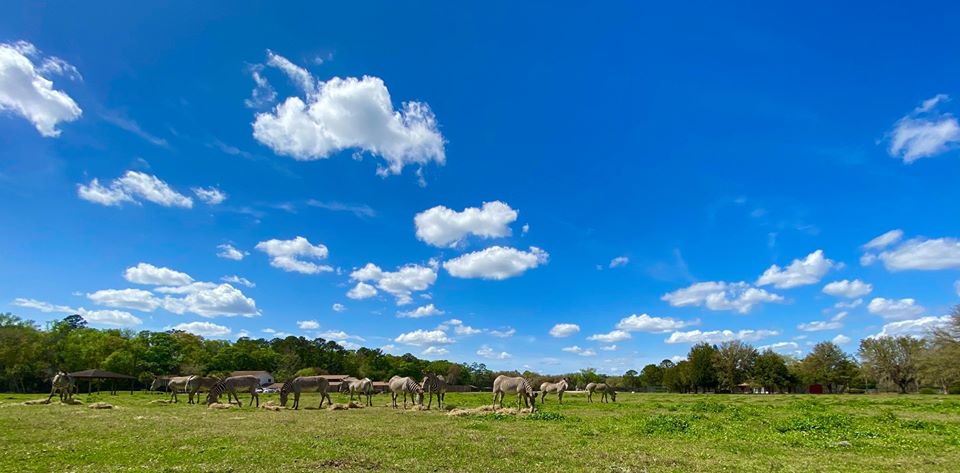
Welcome to the White Oak Conservation Centre
OK, it thumped down with rain more or less throughout, but my mood was powerfully lifted by CXL’s immodest mission, to “reverse extinction”. That’s a meme to conjure with.
meme (noun)
an idea, behaviour, or style that spreads by means of imitation from person to person within a culture.

CXL team (the shorter ones) | Photo: John Elkington
How we can put such memes literally on the map?
One way would be to plot them as we would chart the spread of a virus like COVID-19. The human bit of that story started in a ‘wet’ wildlife market in Wuhan, capital city of China’s Hubei province, but then went truly viral – rapidly spreading to over 170 countries and over 40,000 deaths worldwide.
Truth be told, I have long been fascinated by memes, sometimes seeing my role as that of a meme-spreader. The concept tracks back to Richard Dawkin’s 1976 book, The Selfish Gene. He was referring to ideas, behaviours or elements of a culture passed from one individual to another by imitation or other non-genetic means.
So with our mapping pen or cursor in hand we could pinpoint Oxford, where Dawkins taught and wrote, as the epicentre of this intellectual ‘outbreak’. Tracking its subsequent spread and influence, however, would be tougher.

A natural bestseller selection
Equally, you could locate the origins of my own triple bottom line (TBL) in London, with two vectors of the early spread being Shell’s first People, Planet & Profit report, published in 1997, and the Danish health care company Novo Nordisk’s embrace of the approach – indicated when it rechartered around the TBL in 2004. Other TBL super-spreaders have included the Global Reporting Initiative, the Dow Jones Sustainability Indexes and the B Corporation movement.
But, for me at least, the ‘extinction reversal’ meme is in a category of its own. Thats why, instead of tracking and mapping the increasingly terrifying Sixth Extinction crisis, the CXL team are signalling the need not just to slow the pace of species extinction, but to bend the curve – and then turn the corner to create the vital conditions for more non-human life.
No accident then, that two of the founders have considerable experience with challenge prizes: Paul Bunje when he was Chief Scientist at the XPRIZE Foundation and Alex Dehgan with USAID.
So why are challenge prizes enjoying such attention?
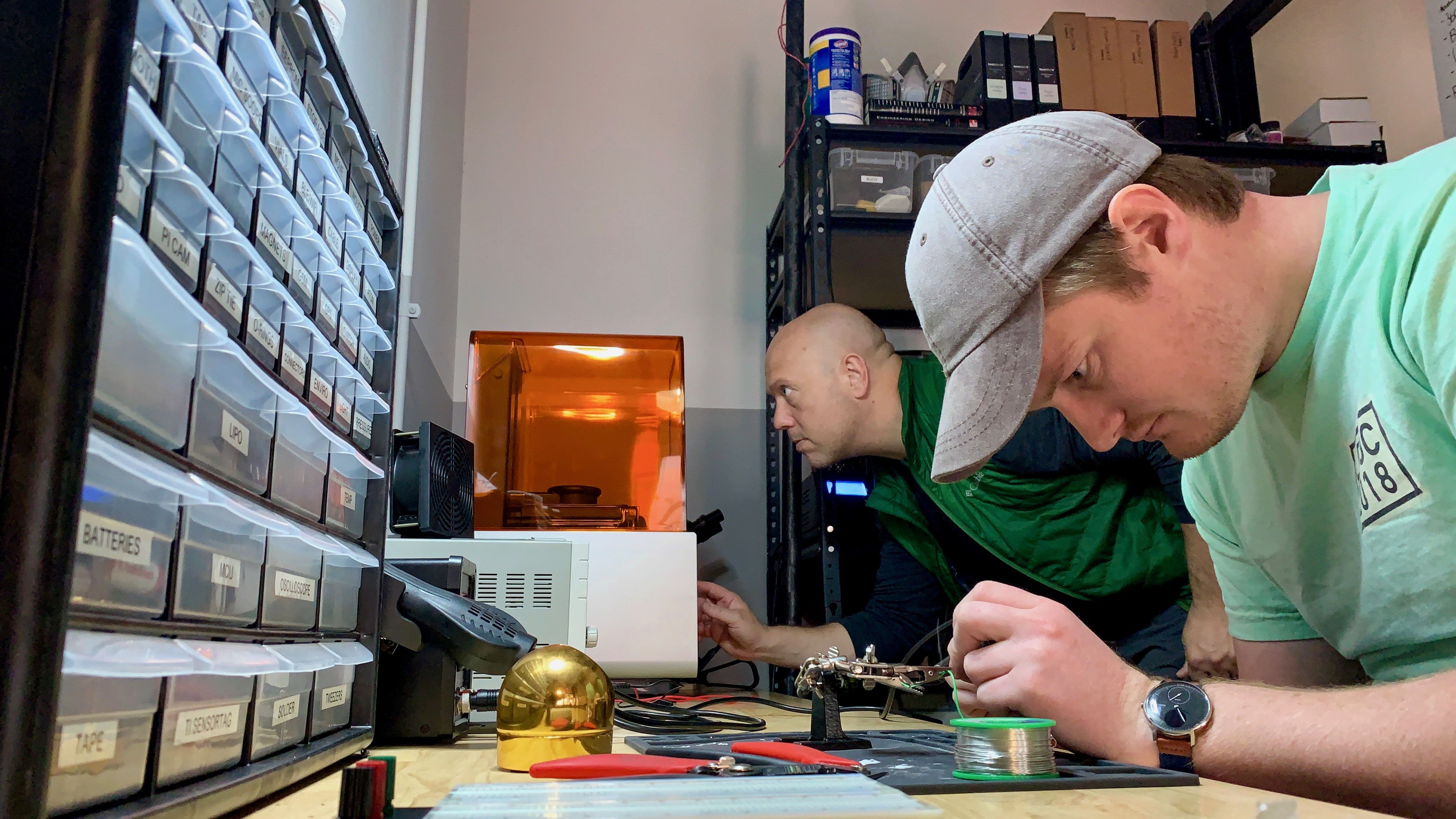
Prizes encourage experimentation
One organisation I have been following closely as it tracked the evolution of challenge prizes is the UK’s Nesta. As Nesta explains:
“Challenge prizes offer a reward to whoever can first or most effectively solve a problem. They are a tried and tested method of attracting new innovators to change the status quo. At the same time, they also challenge incumbents to redirect their efforts or think about a problem in a new way. This leads to breakthrough solutions, creation of new cohorts of innovators, and can result in systemic change.”
As it happens, I have been interested in challenge prizes for decades, indeed since I was at school in the 1960s and was involved in a project on the Longitude Prize, which transformed navigation back in the 1700s. More recently, I have returned to the subject a number of times.
But how are CXL using challenge prizes in the field of extinction reversal? They have already provided millions of dollars to support ideas and innovative businesses that “address key underlying drivers of extinction and disrupt the field of conservation as we know it.”
Let’s take a quick look at a trio of CXL prizes.
1. Artisanal Mining Grand Challenge

ASM can be formal or informal, legal or illegal
So, first, the $750,000 Artisanal Mining Grand Challenge was launched in October 2019 in partnership with a global coalition of organisations. It was informed by CXL’s report on the ‘Ten Grand Challenges for Water & Biodiversity Conservation’. One key fact: artisanal and small-scale mining (ASM) provides a critical source of livelihood for over 40 million people worldwide.
artisanal or small-scale mining (noun)
mining various minerals or panning for gold using independent resources and low-tech manually-intensive tools and methods.
While ASM generates wealth in developing countries, it also can cause habitat loss, species decline, poor water quality, hydrological changes and adverse human health and livelihood impacts. Indeed, mining is among the most significant drivers of deforestation in the world’s tropical forests, a leading cause of global biodiversity loss.
These operations are often labour intensive, low-tech, receive limited investment, and require less expertise than medium and large-scale mining operations. Many problems flow from the informal and often barely legal, and sometimes illegal, activities.
2. Global Cooling Prize

Cooling for all, without warming the planet
Then a second prize has offered $3 million for innovators developing climate-friendly residential cooling solutions that can provide access to cooling to people around the world without warming the planet. The Global Cooling Prize was launched in partnership with the Rocky Mountain Institute and the government of India in 2018.
3. Rapid ‘Ōhiʻa Death
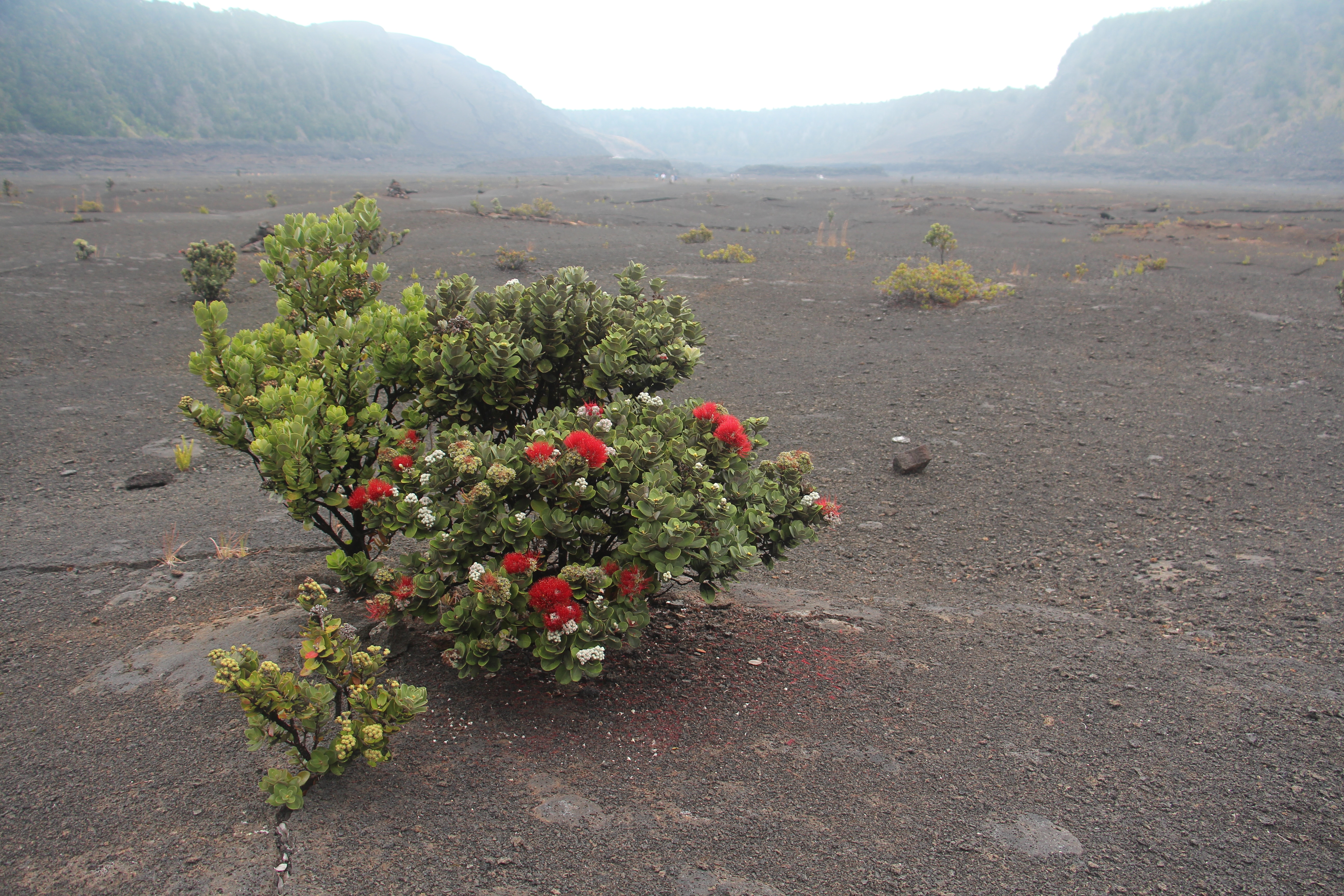
The ōhi’a tree helps bring rain to Hawaii
And a third prize targets an invasive fungal pathogen called Rapid ‘Ōhiʻa Death, which has decimated Hawaiian forests. Here CXL has worked with the U.S. Department of the Interior and the National Park Service to identify advanced technological solutions to detect and prevent its spread.
Special mention: DNA Barcode Scanner
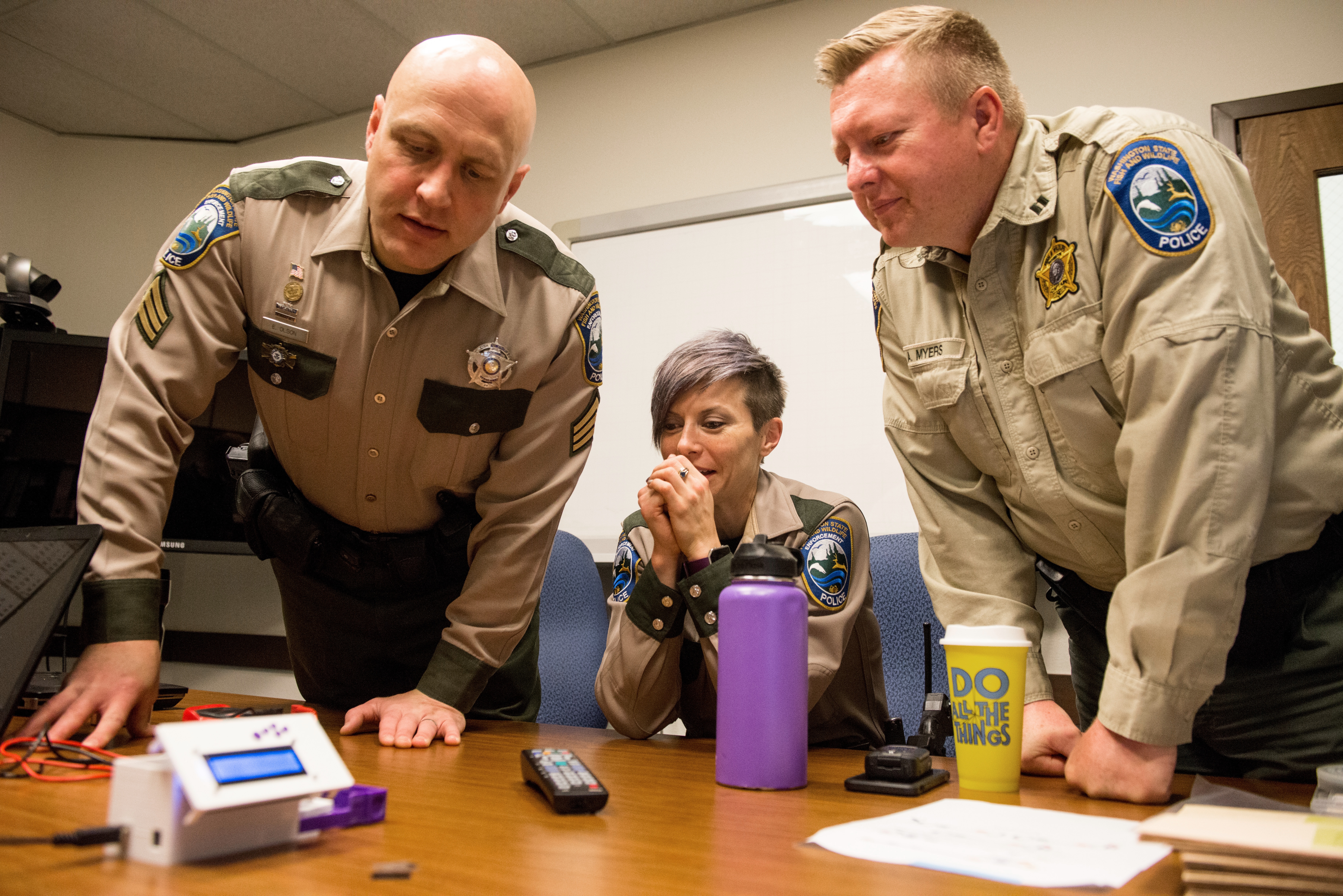
Washington Department of Fish and Wildlife
But what really commanded attention during the board meeting was CXL’s DNA barcode scanner – designed to ‘democratise genetic analysis’.
This low-cost, handheld, field-ready automated tool will empower a huge array of people – including customs agents, border officers, fisheries inspectors, scientists, conservationists, consumer, and everyday citizens – to confirm the identity of a species identity without a lab or even expertise. This includes oft-disguised wildlife products such as pangolin scales or rhino horns.
As CXL puts it: “Knowing within minutes whether something is an endangered species – or a mislabeled fish, or an invasive species, or a crop pest – is critical to protect biodiversity on our planet.”

Photos: Daniel Berman
Meanwhile, CXL continues to “build the tribe,” targeting “diverse, passionate problem-solvers, with a shared mission and ability to work across disciplines to produce revolutionary innovations.” The tribe includes “biohackers, designers, scientists, makers, innovators, marketers, entrepreneurs, financiers, engineers, behavioural economists, writers, investors, technologists, policymakers, chemists and rocket scientists.”
So, a pretty broad church. Indeed, what I like most about CXL is that it is industry-agnostic, international and solution-seeking. Wherever and however we map this extraordinarily ambitious initiative, its doors are open to anyone wanting to help reverse extinction.
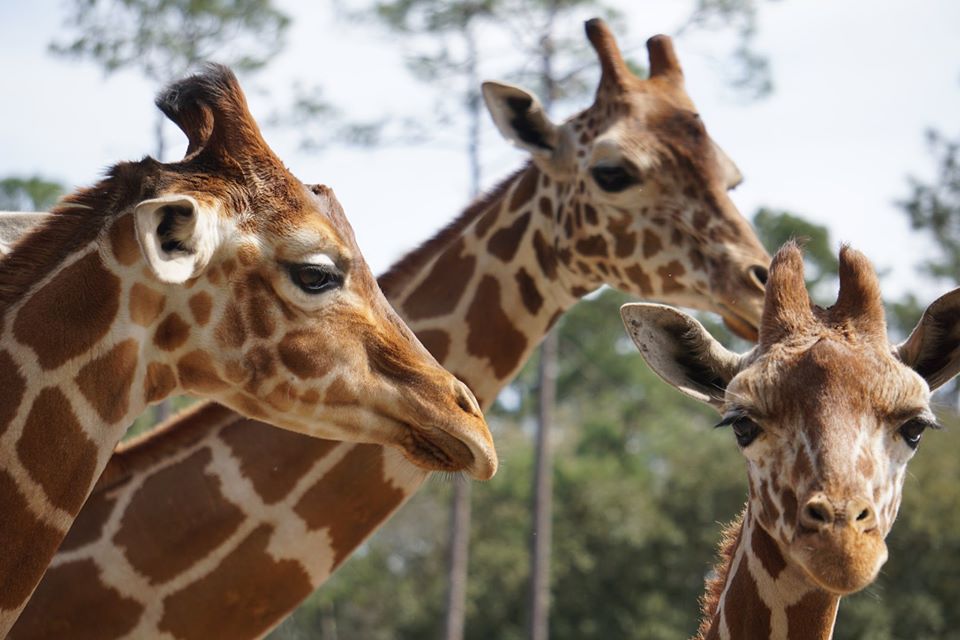
“Thank you”
In conclusion, if the extinction crisis is what Nassim Nicholas Taleb called a “Black Swan“, then efforts to reverse extinction – and to put CXL’s efforts on an exponentially positive trajectory – are what I dub a “Green Swan”. Indeed, CXL features in my new book, Green Swans: The Coming Boom in Regenerative Capitalism, launched on 7 April by Fast Company Press.
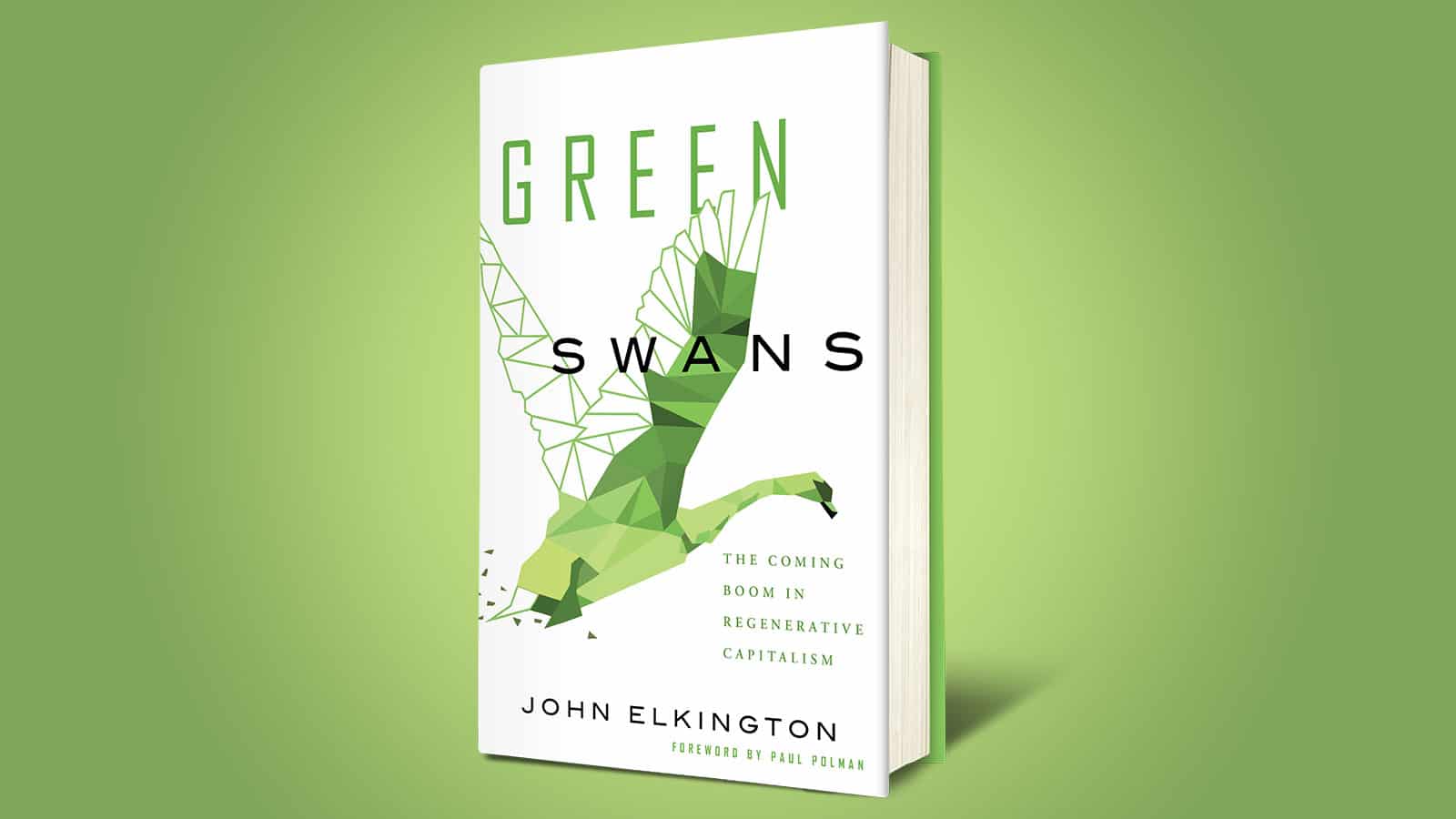
Green Swans is John’s 20th book
If we want to solve the growing number of “wicked” and even “superwicked” problems now crowding in around us, then the sort of outrageous ambition that CXL is signalling is the most direct flight path to turning today’s apparently impossibilities into tomorrow’s we-always told-you-that-this-would-

AtlasActions:
Watch ► This is how ugly ducklings can transform into ‘Green Swans’
Read ► Green Swans: The Coming Boom in Regenerative Capitalism

